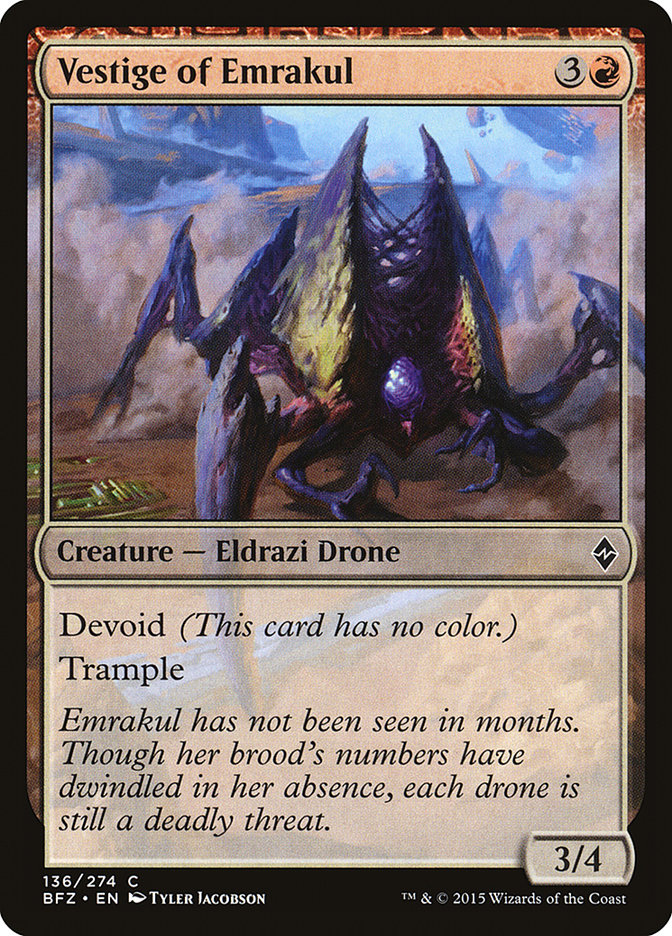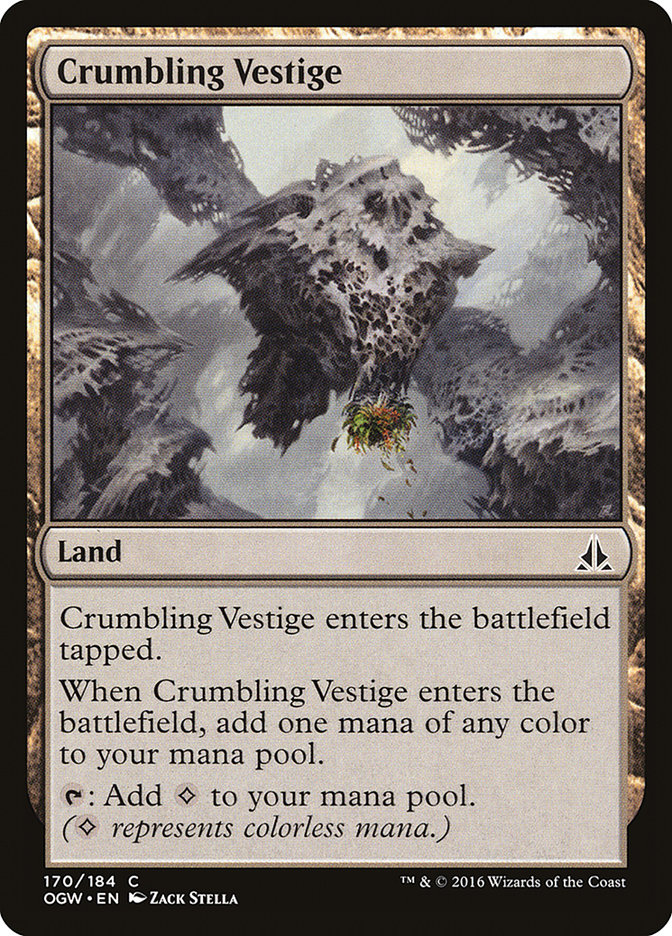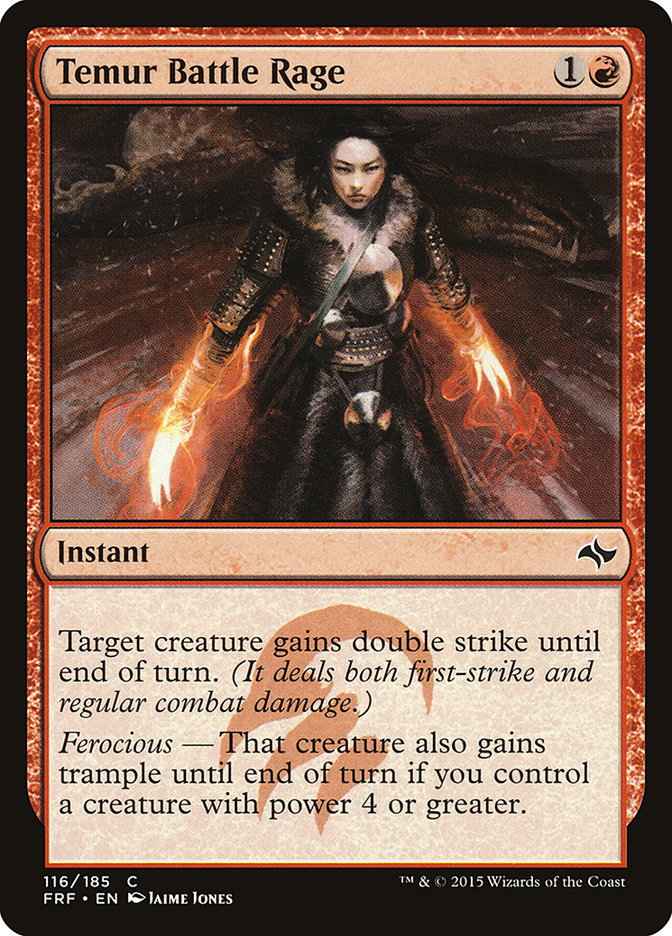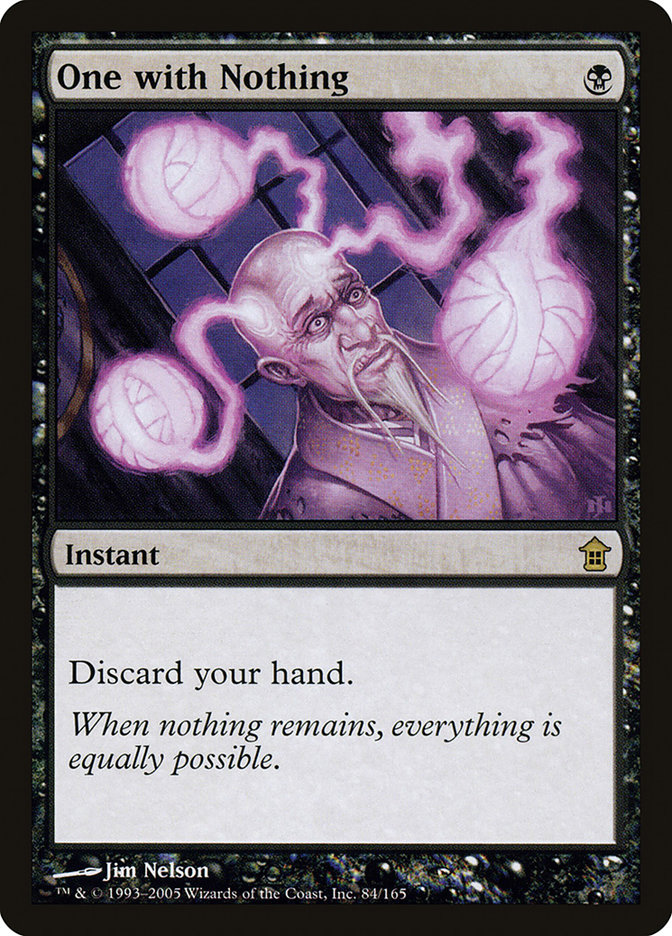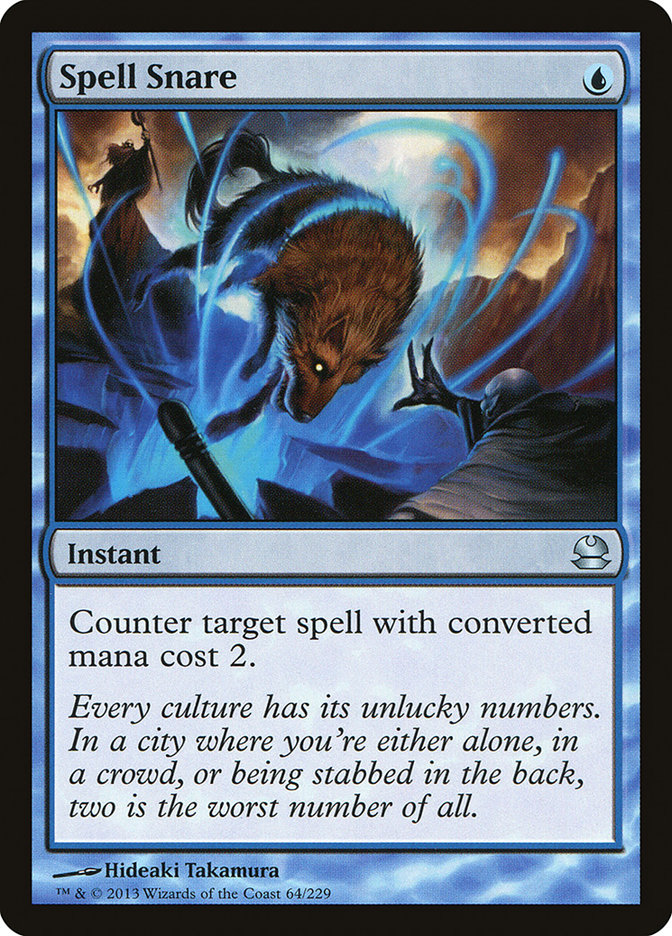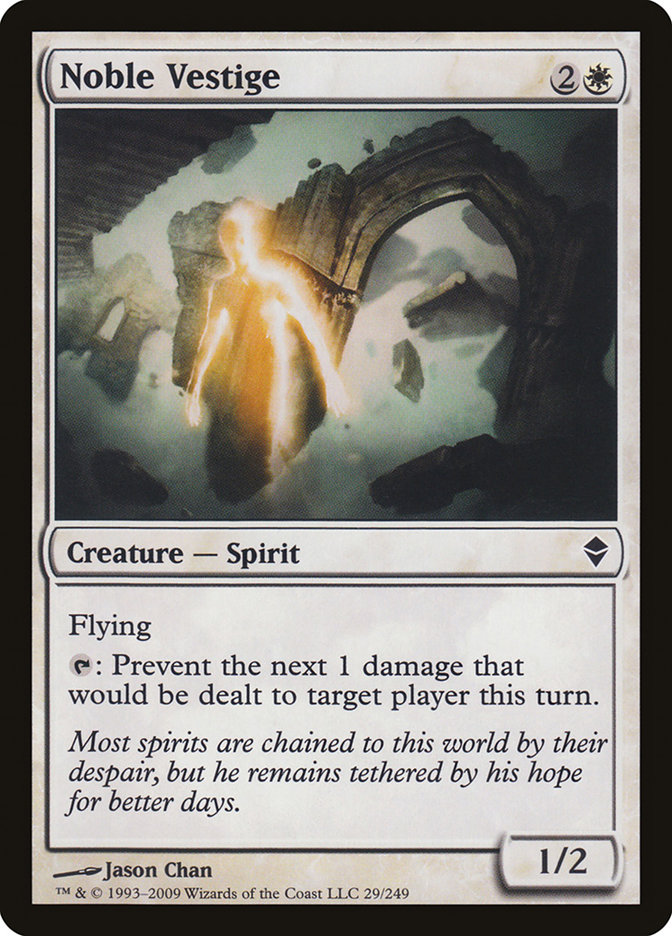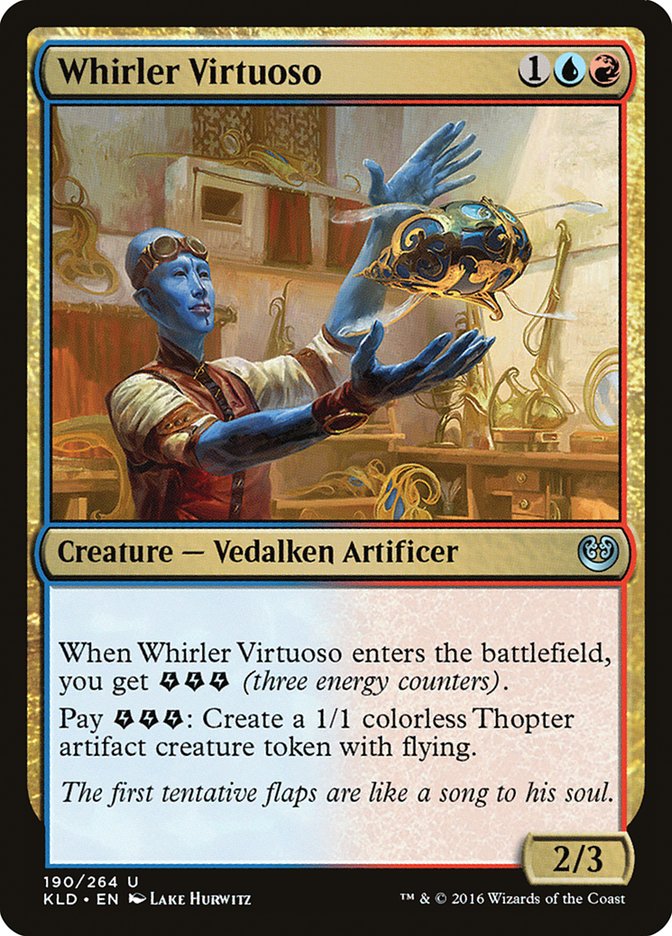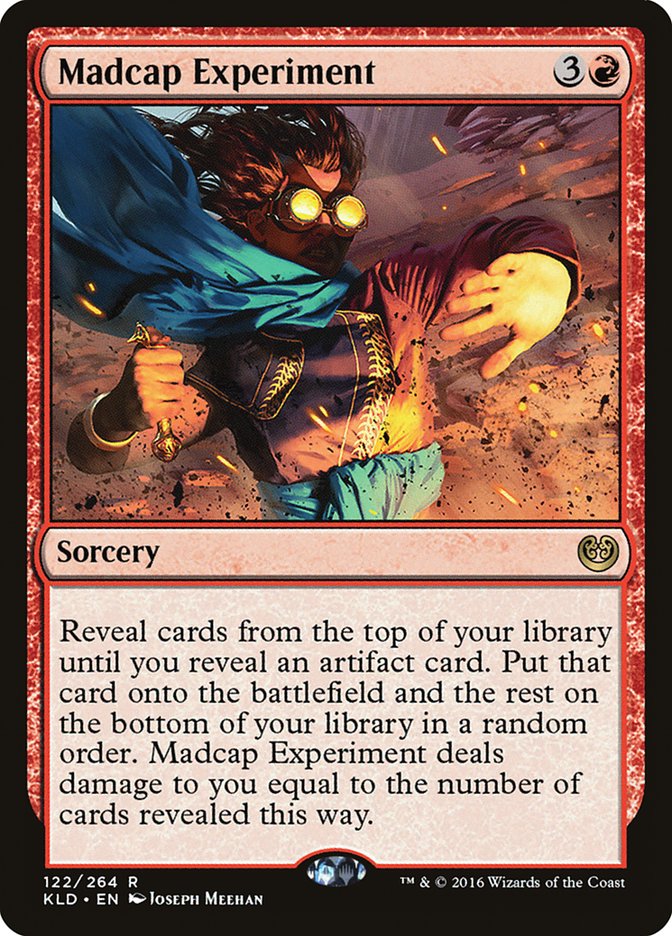All right, settle down now, class. The bell has rung and it’s time to start today’s lesson. Who here can tell me what it means for a structure to be vestigial?
Yes, Lucy, very good. In the pop culture terms of you young kids, a vestigial structure is a structure that “ain’t as good as it once was.” They exist today as shadows of their former selves, retaining little if any of the function they had in their glory days. In short, they are relics, junk data from an earlier age, clinging to whatever scrap of existence they can. Who can give me an example?
Very good, Linus! The appendix is one of the classic examples of a vestigial organ. It played a very important role in the lives of our distant ancestors, but is more likely to give one of us a case of appendicitis than to help us in any meaningful way. But it’s not only organs that can be vestigial; can anyone give me an example of something that is not an organ but is vestigial, that has lost much of its original functionality to the ravages of time?
Snoopy! This is science class, not the playground. I understand you enjoy that card game you’re always playing, but this is not the time or the place. So please, stop talking to Charlie about it and pay attention.
What do you mean, you think you can come up with an example of a vestigial relic from that card game of yours? You know what, fine. If you’re so sure, why don’t you come up here and teach the class all about how the fine and proper scientific concept of vestigial structures applies to that silly game of yours?
The Curious Case of Temur Battle Rage in Death’s Shadow
Our tale begins in Modern several months back, before the banning of Gitaxian Probe. The ancestors of today’s Death Shadow deck thrived in that time period, taking full advantage of the power of Gitaxian Probe. The lists back then looked a little something like this:
Creatures (19)
Lands (17)
Spells (24)

As Emma Handy points out in her article last week, it’s pretty aggressive to consider this the same deck as modern-day Death’s Shadow. This precursor to today’s Modern boogeyman was more an aggressive combo deck than a Jund strategy. Temur Battle Rage was alive in this deck. It wasn’t just a backup plan, something nice to win with when it happens. No, it was the whole kit and caboodle.
Playing against this version of the deck was an exercise in facing your fears. I mean, sometimes you just lost on turn 2! The combination of Become Immense and Temur Battle Rage meant that any creature represented significant damage, and a Death’s Shadow or Tarmogoyf represented lethal damage. Tapping out for a spell that didn’t leave your Death’s Shadow Aggro opponent without any battlefield state whatsoever was a recipe for disaster. And Temur Battle Rage enjoyed a place of pride at the head of the table, solely responsible for the utter terror the deck instilled in its opponents.
Fast forward a few months to the banning of Gitaxian Probe. Death’s Shadow Aggro needed to adapt or perish. Without Gitaxian Probe to serve as additional copies of Street Wraith, fueling Become Immense and enabling Death’s Shadow, the Temur Battle Rage combo aspect of the deck was destined to wither and die. Many Magic players translated the loss of the Become Immense / Temur Battle Rage to the death of the deck, but they would soon learn that was not the case.
Creatures (13)
Planeswalkers (2)
Lands (18)
Spells (27)

Grand Prix Vancouver 2017 will be forever remembered as one of the most dominant performances of a breakout deck of all time.
Death’s Shadow Aggro might not have been able to survive the bannings, but it was able to continue winning via undergoing a metamorphosis into the more Jund-like Death’s Shadow. Emerging from its cocoon took Death’s Shadow a few weeks, but it had its sea legs under it in plenty of time to take Grand Prix Vancouver by storm.
The new Death’s Shadow deck is an evolution of the old one, but only distantly related. In Human terms, maybe a second cousin once removed? Regardless, let’s focus for a second on how the role of Temur Battle Rage changed from one version to the next. Battle Rage went from being a four-of, a key part of a two-card pump-spell combo, to a two-of, an “I guess this is good enough” combat trick that was very good in some spots and very bad in others. The other half of the combo, Become Immense, was completely cut from the deck. But Temur Battle Rage hung on, in diminished capacity, a mere shell of its former shelf. Why?
Consider a world where Death’s Shadow Aggro had never existed. In such a world, would the development of Death’s Shadow have gone any differently? Real-world Death’s Shadow is a clear evolution of Death’s Shadow Aggro, and that pedigree has greatly influenced its current form. Temur Battle Rage has become a vestigial card, no longer invested with the power it once held. Had Become Immense never been printed and Death’s Shadow Aggro never existed, it’s entirely possible that Death’s Shadow wouldn’t be playing Temur Battle Rage at all. In fact, let’s fast forward a week.
Creatures (13)
Planeswalkers (2)
Lands (18)
Spells (27)

Michael Majors was the highest-finishing Death’s Shadow player at the SCG Open event in Indianapolis the week after Grand Prix Vancouver, and his list was down to a single copy of Temur Battle Rage. The other Death’s Shadow deck to make the Top 8 also only played one Temur Battle Rage, and of the two copies of the deck to make the Top 16, one played one copy of Battle Rage, while the other didn’t play any.
This clear downward trend in the play of Temur Battle Rage in Death’s Shadow lists confirms to me that the card is vestigial. It’s a relic of the old Aggro lists and doesn’t truly deserve its place in today’s lists. It’s the son of the best and noblest king the country has ever had, but who is not fit to rule the land by his own merit. If you are considering picking up Death’s Shadow or have been playing it, I highly recommend giving zero copies of Temur Battle Rage a spin.
Before you start thinking of all the amazing times Temur Battle Rage won you a game that nothing else would have, remember that “vestigial” does not mean useless. It’s not that Temur Battle Rage does nothing; it’s that it doesn’t do as much as it used to. The place of pride it has in your 75 is not due to its function in the deck as it is today, but as it was yesterday. The trend line in its play is clear; get ahead of the curve and start jamming no copies whatsoever.
Spell Snare and Fatal Push
Identifying cards as vestigial is great, but it’s not that useful when they are already halfway out the door. The sooner we can identify a card as vestigial, the sooner we can cut back on the number of copies we’re playing and gain a significant edge on our competition. So let’s think for a second on what can cause a card to become vestigial.
In the case of Temur Battle Rage, the cause was cards leaving the format. Gitaxian Probe got banned, Become Immense got worse and thus the Temur Battle Rage / Become Immense combo became unplayable. Easy enough, but cards don’t leave formats all that often. Standard rotates once a year, and cards get banned from Modern maybe once a year. That’s not a lot of opportunities to get ahead.
So we need to look elsewhere for format change. How about cards entering the format? Depending on the format, new cards are printed at least four times a year, after all. What cards have been printed that shook up Modern recently?
Fatal Push changed Modern in a lot of ways, but there’s one I want to focus on. With no exceptions, Fatal Push is the cheapest and cleanest answer to Tarmogoyf that has ever been printed. Tarmogoyf isn’t exactly a powerhouse in Modern, but it’s certainly a mainstay and a card that fair decks must be able to answer. Historically in Modern, blue has paired with red and leaned on Lightning Bolt for its removal, making Tarmogoyf a very troublesome card for these strategies.
In large part to shore up this weakness to Tarmogoyf, blue Snapcaster Mage strategies never left home without access to at least two copies of Spell Snare in their 75. Spell Snare is an awkward card, a narrow answer to an eclectic range of questions. But in spite of this, Spell Snare consistently proved itself the MVP of Snapcaster Mage decks’ matchups with G/B/X decks.
And now, along comes Fatal Push, looking for all the world like a card born to destroy some Tarmogoyfs. What, then, of Spell Snare? It’s not like all Spell Snare ever did was counter Tarmogoyf; the printing of Fatal Push doesn’t completely invalidate Spell Snare’s place in Snapcaster decks with access to black mana. Yet it seems clear to me that Spell Snare has lost its former place of pride. In many ways, Spell Snare’s reason for existing was to answer Tarmogoyf. That function has been taken away from it, making it the very definition of a vestigial card.
Well then, now that we’ve found a vestigial card, what do we do with it? We experiment! This idea of vestigial cards is lifted directly from science class, after all; it’s only fitting that we put on our scientist caps to utilize it. Once a vestigial card has been identified, we start trying builds with fewer and fewer copies. Vestigial does not mean worthless; figuring out the right number of copies to play is a delicate balancing act that requires getting tons of play in. The range of possibilities is anywhere from zero to as many as were played before, and it’s your job to figure out what the right answer is.
Whirler Virtuoso, Energetic Vedalken
One last example to leave you with before wrapping this up. What’s up with Whirler Virtuoso in Four-Color Saheeli these days?
Creatures (20)
- 4 Spell Queller
- 2 Cloudblazer
- 1 Whirler Virtuoso
- 4 Servant of the Conduit
- 4 Rogue Refiner
- 1 Shielded Aether Thief
- 4 Felidar Guardian
Planeswalkers (4)
Lands (21)
Spells (15)

Four-Color Saheeli made its debut at the first SCG Open of Aether Revolt Standard in Columbus, but the list from that tournament looks nothing like modern-day Four-Color lists. The early Four-Color Saheeli deck was very inefficient energy-wise. It had just as much energy production as current era lists but only two ways to use that energy for non-mana value, one of which was a Whirler Virtuoso.
Creatures (19)
Planeswalkers (4)
Lands (23)
Spells (14)

Skip ahead to Pro Tour Aether Revolt. Gerry Thompson played and afterwards championed a heretofore unseen version of Four-Color Saheeli that we would all become exceedingly familiar with in the weeks that followed. The big innovation here was the two “value” copies of Aetherworks Marvel. I say value because they weren’t searching for a game-ending Ulamog, the Ceaseless Hunger but merely Elder Deep-Fiend or a combo piece. To accompany the two Aetherworks Marvels, Gerry went up all the way to four copies of Whirler Virtuoso. This increase in play reflected a role-shift on the part of Whirler Virtuoso; in earlier lists the card was an energy payoff, while in Gerry’s list it was primarily an energy enabler.
Creatures (16)
Planeswalkers (8)
Lands (21)
Spells (15)

Here we are, current-day Four-Color Saheeli. Whirler Virtuoso is still a four-of, but the Aetherworks Marvels have been cut from most lists in favor of a suite of planeswalkers. Without the Aetherworks Marvel, Whirler Virtuoso is no longer an energy enabler and is thus back to serving in its original role of energy payoff. So why are we still playing four copies?
Truth is, I don’t know. I believe Whirler Virtuoso is excellent, and I fully believe it’s possible playing four copies is correct even when the card is only fueling itself. But I also believe that Whirler Virtuoso is the kind of incidental value all-purpose card that very rarely feels bad in your hand. It’s so multi-functional in what it can do for you in-game that the card will feel better and better the more you play with it as you become increasingly familiar with what the card can do for you and how you can best use it. That is, it’s exactly the kind of vestigial card Magic players are prone to playing more copies of than they should.
And so I will be cutting back on the number of Whirler Virtuosos I play while testing Four-Color Saheeli despite the card not yet feeling bad to me. That’s the importance of theory in Magic: identifying places where our cognitive biases as Humans and Magic players prevent us from noticing that a card is under performing. I’ll play with fewer copies of Virtuoso and work to figure out if I’m missing the copies I cut. Maybe I’ll settle on Whirler Virtuoso as a three-of. Maybe I’ll decide that four is correct. It doesn’t matter.
Magic is all about exploring, and I’m a scientist at heart. The journey is what matters.


